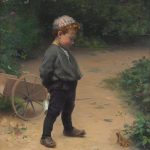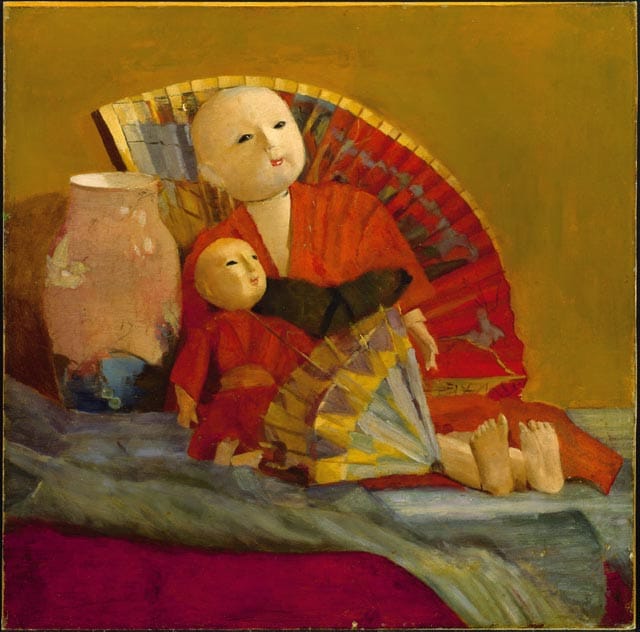
Paul Peel (1860-1892) was a Canadian artist known for his contributions to the art world during the late 19th century. He was a talented painter, particularly renowned for his sentimental and genre scenes, often depicting children in various settings.
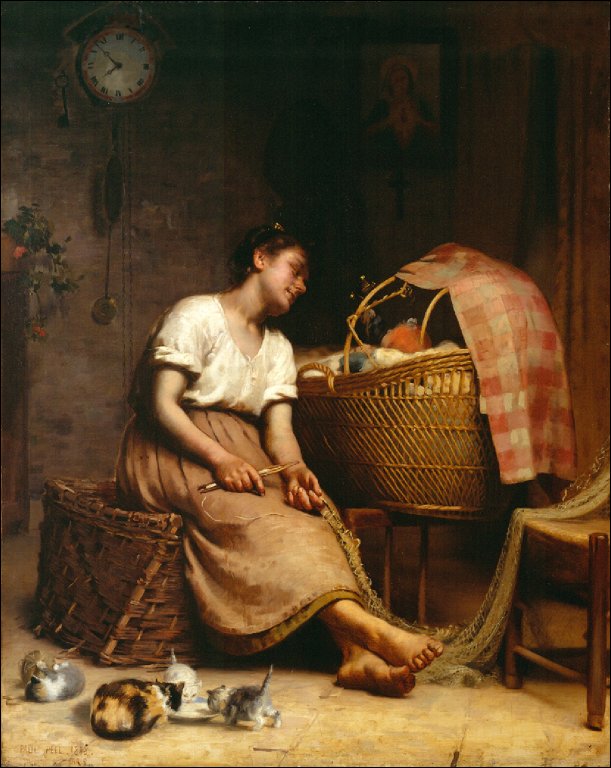
- Early Life: Paul Peel was born on November 7, 1860, in London, Ontario, Canada. He displayed artistic talent from a young age and began drawing and painting at an early stage of his life.
- Training: Peel received his early artistic education at the Western School of Art and Design in London, Ontario, before moving to Europe to further his studies. He studied in Paris, where he trained at the École des Beaux-Arts under the guidance of renowned French academic painters.
- Influences: Peel was influenced by various artistic movements, including Academicism and Naturalism. His time in Paris exposed him to the works of European painters, and he was particularly inspired by the works of the French artist Jean-Léon Gérôme.
- Genre Scenes: Peel is best known for his genre scenes, which often featured children in everyday settings. These paintings were characterized by their detailed and realistic depictions of children, as well as the use of soft, muted colors. His works conveyed a sense of innocence and sentimentality.
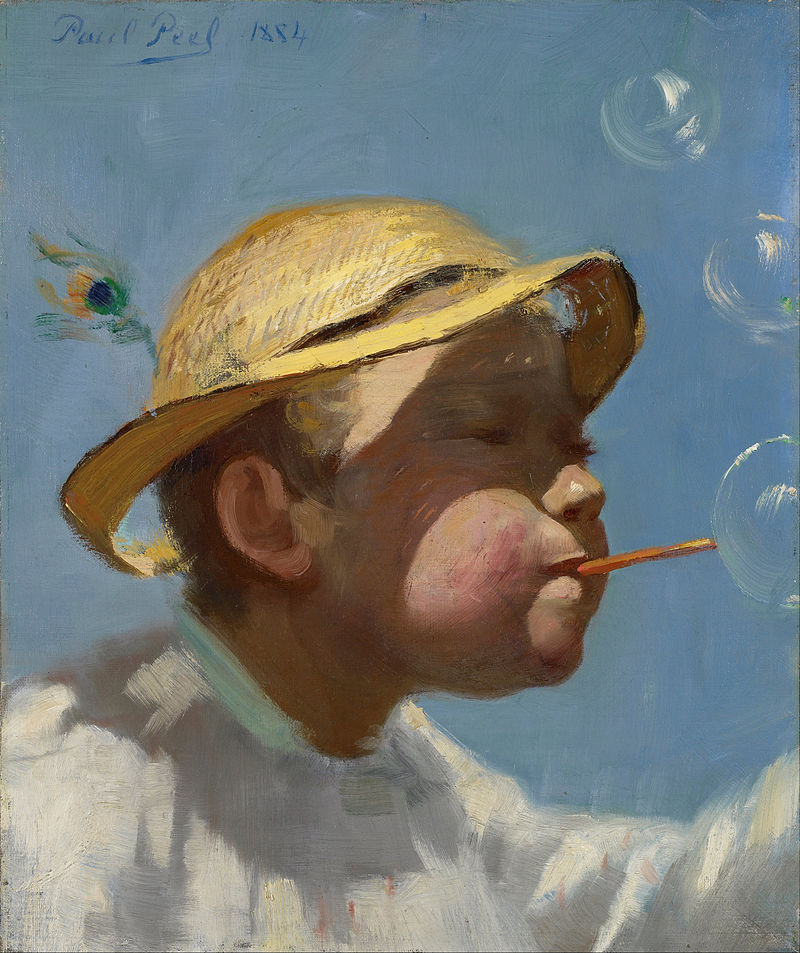
- Awards and Recognition: Paul Peel received recognition and awards for his art during his lifetime. His painting “The Young Biologist” won a gold medal at the Paris Salon in 1880, which marked a significant achievement for a Canadian artist.
- Return to Canada: After completing his studies in Europe, Peel returned to Canada in 1882. He continued to paint genre scenes and portraits, and his work was well-received by Canadian audiences.
- Tragic End: Paul Peel’s promising career was cut short when he tragically died of typhoid fever at the age of 31 in 1892. His early death was a loss to the Canadian art community.
- Legacy: Despite his relatively short career, Paul Peel left behind a body of work that is highly regarded in Canada and internationally. His paintings, characterized by their technical skill and emotional depth, continue to be appreciated by art enthusiasts and collectors.
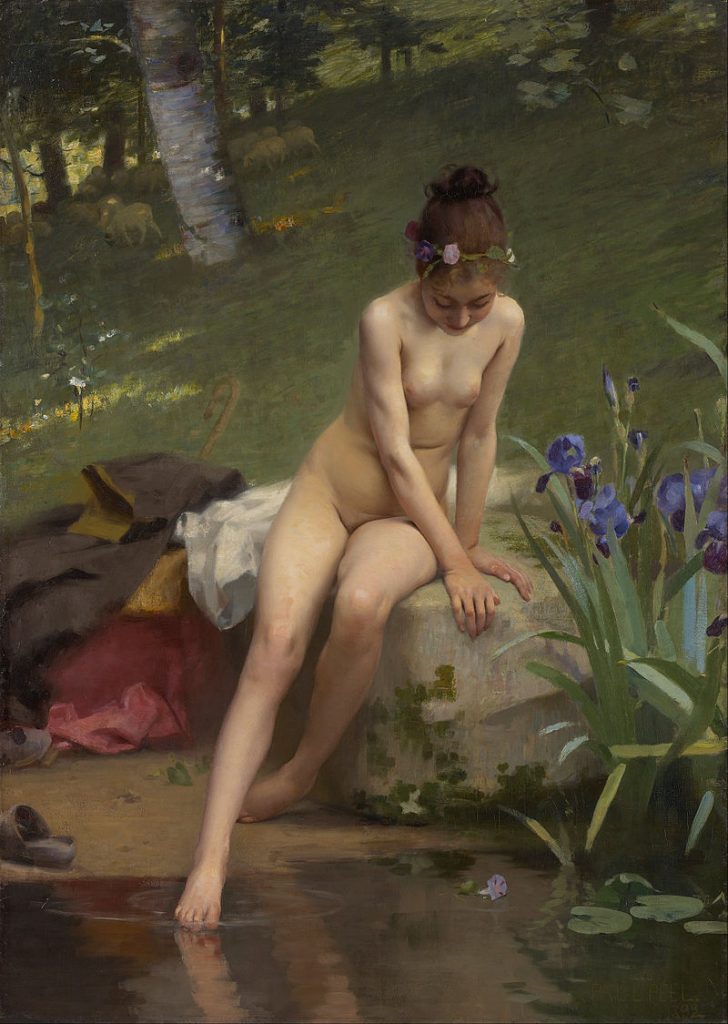
Paul Peel’s contributions to Canadian art are celebrated for their sentimental and emotionally resonant depictions of children and everyday life. His work provides a glimpse into the artistic and cultural landscape of late 19th-century Canada, and his legacy lives on through his art.






